× ‹
All fields are required
Submodel
Select TPMS OptionTPMSTPMS: NOTPMS: YES
WHAT IS TPMS?Enter Zip Code WHY DO WE ASK ABOUT YOUR ZIPCODE?
ZIP code is needed for local pricing.">Why?
Cross Section
Aspect Ratio
Rim Diameter
Enter Zip Code Why?
4700 N Brandywine Dr
Peoria, IL
309.340.4981
Most stores are open nights and weekends
Directions
Store Hours:
| Day(s) | Hours |
|---|---|
| MON-FRI: | 7:00am-7:00pm |
| SAT: | 7:00am-6:00pm |
| SUN: | 9:00am-5:00pm |
| THANKSGIVING: | Closed |
| BLACK FRIDAY: | 6:00am-8:00pm |
Store Details Change Store Find a Store
Schedule An AppointmentLearn more about Oil Changes
4700 N Brandywine Dr
Peoria, IL
309.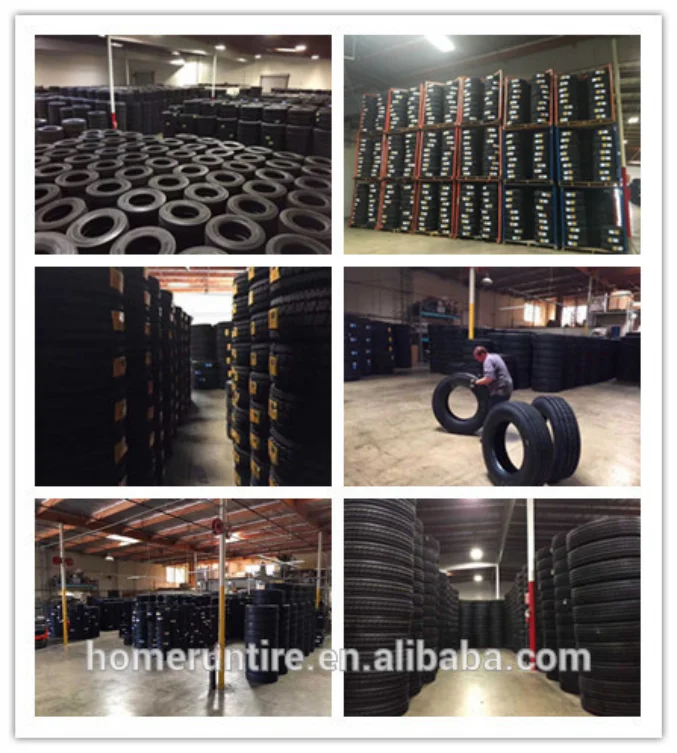 340.4981
340.4981
Most stores are open nights and weekends
Directions
Store Hours:
| Day(s) | Hours |
|---|---|
| MON-FRI: | 7:00am-7:00pm |
| SAT: | 7:00am-6:00pm |
| SUN: | 9:00am-5:00pm |
| THANKSGIVING: | Closed |
| BLACK FRIDAY: | 6:00am-8:00pm |
Store Details Change Store Find a Store
Schedule An AppointmentLearn more about Brake Service
All fields are required
Engine
Enter Zip Code Why?
All fields are required
Submodel
Enter Zip Code Why?
Shop a wide variety of 20 inch tires from Tires Plus, all at low prices and backed by our trusted Best Price Guarantee.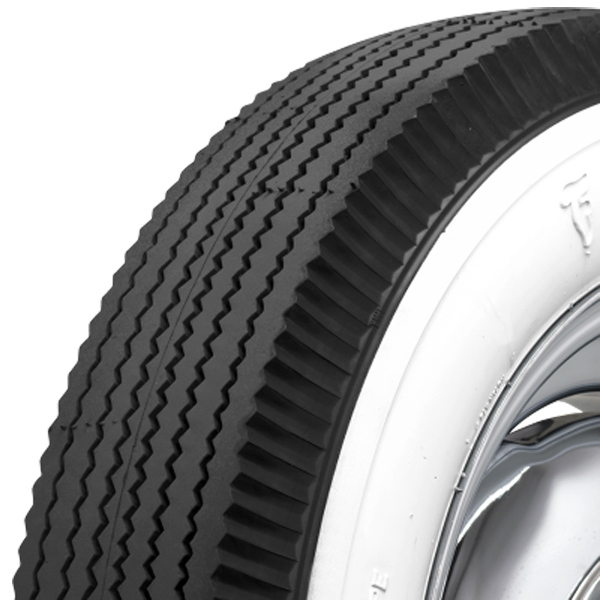 Whether you're looking for tires to improve your car's fuel efficiency or all-purpose, all-season, high-performance, or winter tires, you'll get 20 inch tires that you can trust at your local Tires Plus. Our variety of tires will fit your car, your budget, and your driving needs. Check out all 20 inch tires below. They're grouped by tire width, height, and diameter. Click on the correct size to start comparing tire prices and features, and to get your online quote!
Whether you're looking for tires to improve your car's fuel efficiency or all-purpose, all-season, high-performance, or winter tires, you'll get 20 inch tires that you can trust at your local Tires Plus. Our variety of tires will fit your car, your budget, and your driving needs. Check out all 20 inch tires below. They're grouped by tire width, height, and diameter. Click on the correct size to start comparing tire prices and features, and to get your online quote!
Knowing your vehicle's tire width (also called cross section) and height is an important step when shopping for tires. To determine these measurements, check the vehicle's tire information placard on the door jamb of the driver's side door. Or, check the sidewalls of your current tires. You'll see a series of numbers and symbols that look like this: P265/35 R22. The first number in the series (265) is the width of your tires. It is measured in millimeters (mm).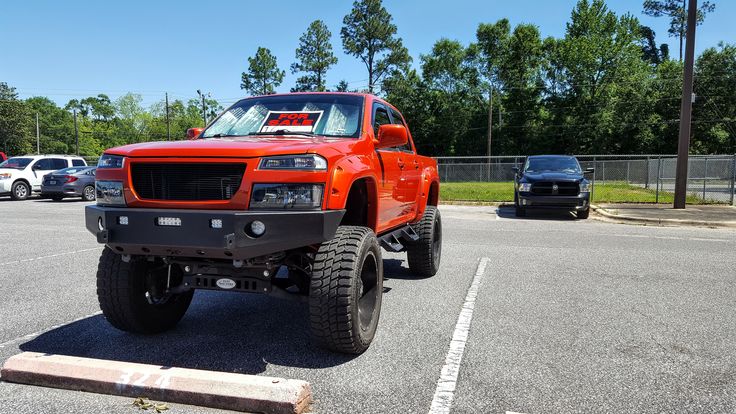 The number after the / is the height of your tires. So, in our example the tire height would be 35.
The number after the / is the height of your tires. So, in our example the tire height would be 35.
{{storeNumber}}
{{storeName}}
{{link-icon "Call Us" mobileCallLink null "call-cta"}} {{link-icon "Directions" directions "_blank" "directions-cta"}}
{{address}}
{{city}}, {{state}} {{zip}}
{{#if activeFlag}} {{#ifCond mystore "or" myPreferredStore}} {{#ifCond storeType 'eq' "TPL"}}
*Call store for appointment {{phone}}
{{else}} {{#if onlineAppointmentActiveFlag }}
{{#if myPreferredStore}}
{{else}}
*Call store for appointment {{phone}}
{{/if}} {{/ifCond}} {{else}} {{#ifCond storeType 'eq' "TPL"}}
*Call store for appointment {{phone}}
{{else}}
Schedule Appointment {{#if onlineAppointmentActiveFlag}} {{else}}
*Call store for appointment {{phone}}
{{/if}}
{{/ifCond}} {{/ifCond}} {{else}}
*Temporarily Closed Due To: {{temporarilyClosedReason}}
{{/if}} {{#if isMilitaryStore}}
*This location is on an active US military base.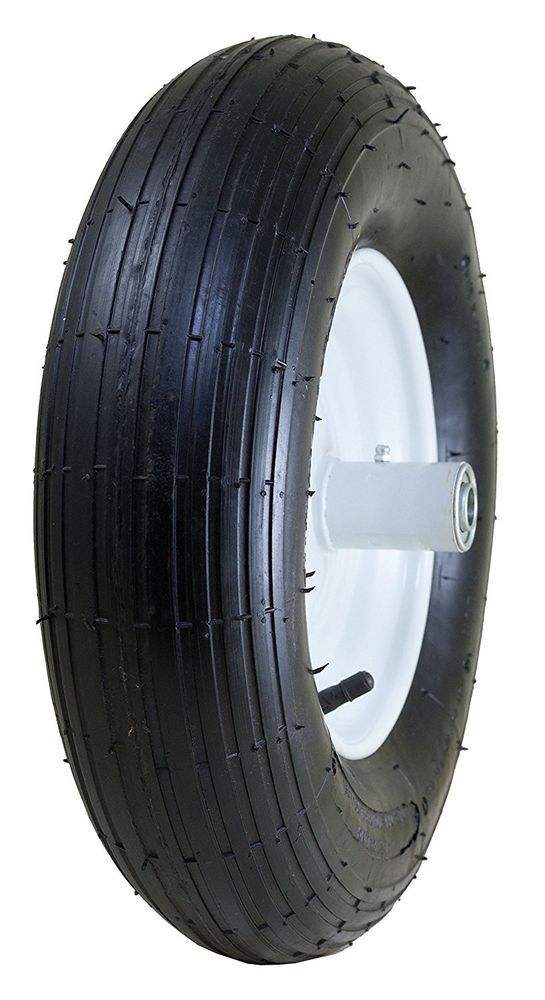 You may need military ID to access the location.
You may need military ID to access the location.
{{/if}}
| {{#if tire.tire.speedRating}}{{tire.tire.speedRating}}{{else}} NONE{{/if}} |
{{#if tire.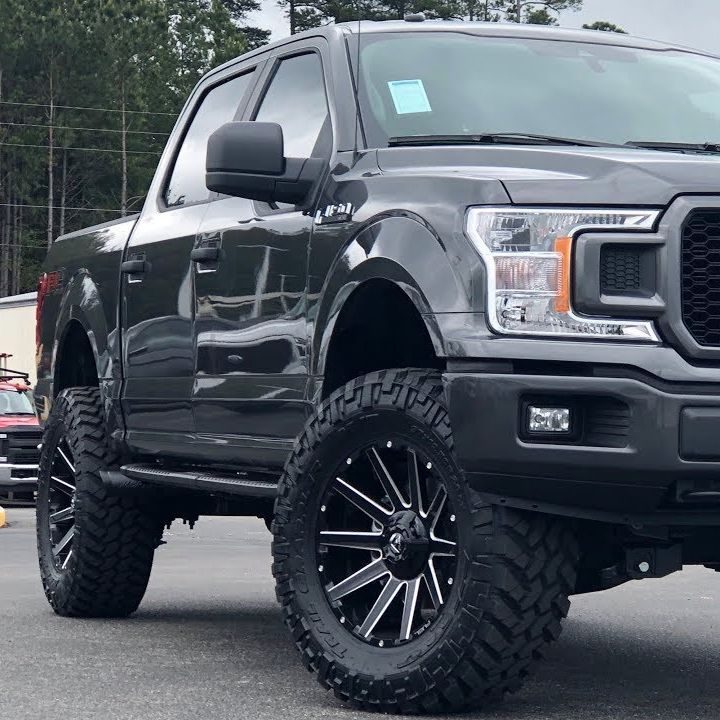 tire.mileage}}{{formatNumber tire.tire.mileage}}{{else}} No mileage warranty{{/if}} tire.mileage}}{{formatNumber tire.tire.mileage}}{{else}} No mileage warranty{{/if}} |
| {{tire.tire.technology}} |
| {{#if tire.tire.sidewallDescription}}{{tire.tire.sidewallDescription}}{{else}} NONE{{/if}} |
| {{{bundleWithSpan tire.tire.tireSize}}} {{{bundleWithSpan rearTire.tire.tireSize}}} |
| {{{checkForRetailPrice tire.tire.retailPrice rearTire.tire.retailPrice}}} |
| {{{offerDescriber tire.tirePromotion rearTire.tirePromotion}}} |
| {{{checkCharacteristic tire.tire.tireClassName tire.tire.tireName}}} |
{{{checkForGetQuoteBtn tire.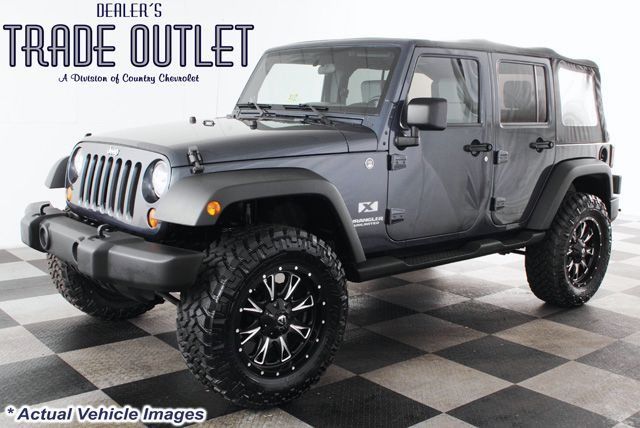 tire rearTire.tire storePhone tire.tire.tireInventoryId tire.tire.tireInventoryQuantity}}} tire rearTire.tire storePhone tire.tire.tireInventoryId tire.tire.tireInventoryQuantity}}} |
| Product Name |
|---|
| Product Detail |
| Brand |
| Avg. Rating |
| Speed Rating |
| Mileage Warranty |
| Technology |
| Sidewall Type |
| Size |
| Price Per Tire |
| Special Offers |
| Characteristic |
New 18" tires designed from the ground up. Each element of the tire is designed from scratch, from the profile to the structure, as well as the composition of the rubber compound. The development process required over 10,000 hours of indoor bench testing, over 5,000 hours of computer simulations, and the creation of over 70 tire prototypes, developed in a virtual environment, with the goal of eventually reaching 30 different specifications, which were subsequently tested by virtually all teams over more than 20 000 kilometers. The role of the riders was decisive; each of them contributed to the development at various stages and helped Pirelli arrive at the final specifications.
Each element of the tire is designed from scratch, from the profile to the structure, as well as the composition of the rubber compound. The development process required over 10,000 hours of indoor bench testing, over 5,000 hours of computer simulations, and the creation of over 70 tire prototypes, developed in a virtual environment, with the goal of eventually reaching 30 different specifications, which were subsequently tested by virtually all teams over more than 20 000 kilometers. The role of the riders was decisive; each of them contributed to the development at various stages and helped Pirelli arrive at the final specifications.
DISCOVER THE FULL RANGE OF TIRES
The new tires feature a wider operating range than their 13-inch predecessors and do not adversely affect warm-up performance. As a result, tire overheating is reduced and material degradation is reduced. There are also new temperature ranges for heating covers. Now all tires will warm up to 70 degrees, and not to 100 in front and 80 in the rear, as it was before. Reducing the temperature of the heating jackets is part of a plan to phase out the use of these jackets in the coming seasons in order to reduce energy consumption and sustainable development.
Now all tires will warm up to 70 degrees, and not to 100 in front and 80 in the rear, as it was before. Reducing the temperature of the heating jackets is part of a plan to phase out the use of these jackets in the coming seasons in order to reduce energy consumption and sustainable development.
The new 18-inch tires are becoming more and more like the tires used on a daily basis by ordinary motorists. All this allows Pirelli to apply Formula 1 technology in tires for conventional cars operated on public roads.
This is the stiffest tire in the range, geared towards the trails that put the most stress on the tyres. Such tracks include Silverstone or Suzuka. The tire material is formulated to provide maximum resistance to heat and extreme loads, and is designed to last for a very long time with minimal degradation in performance.
The second option (C2) is more versatile in terms of composition hardness compared to C1. In the lineup, it is shifted towards higher stiffness, which makes it more suitable for fast, high-temperature, abrasive-coated trails.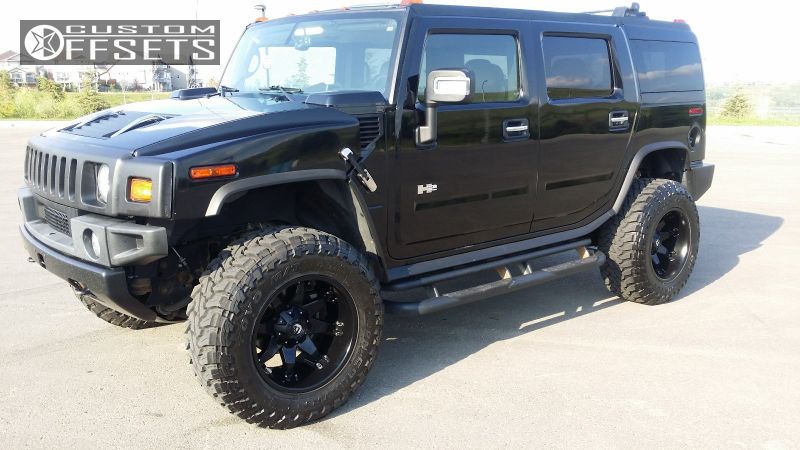 Harder compounds are sometimes recommended for new trails to provide a conservative approach when actual road conditions are not fully known.
Harder compounds are sometimes recommended for new trails to provide a conservative approach when actual road conditions are not fully known.
Third option (C3) consisting of three rubber compounds. This combination is geared towards each individual race, three compounds can be used at each event and therefore the C3 is a versatile option, as it will use intermittently different compounds, hard or medium, and sometimes the softest compound of the rubber compound. With an excellent balance between performance and versatility, the C3 is well suited to a wide range of conditions.
The C4 variant is designed for efficient operation on narrow and winding roads where a fairly quick warm-up is required to achieve instant maximum performance. This is another option that is widely used throughout the season and allows you to adapt to different tracks.
This is the softest tire in the updated range, designed for the slowest trails. They have low rates of wear and degradation where the rubber is required to provide maximum mechanical adhesion to the pavement.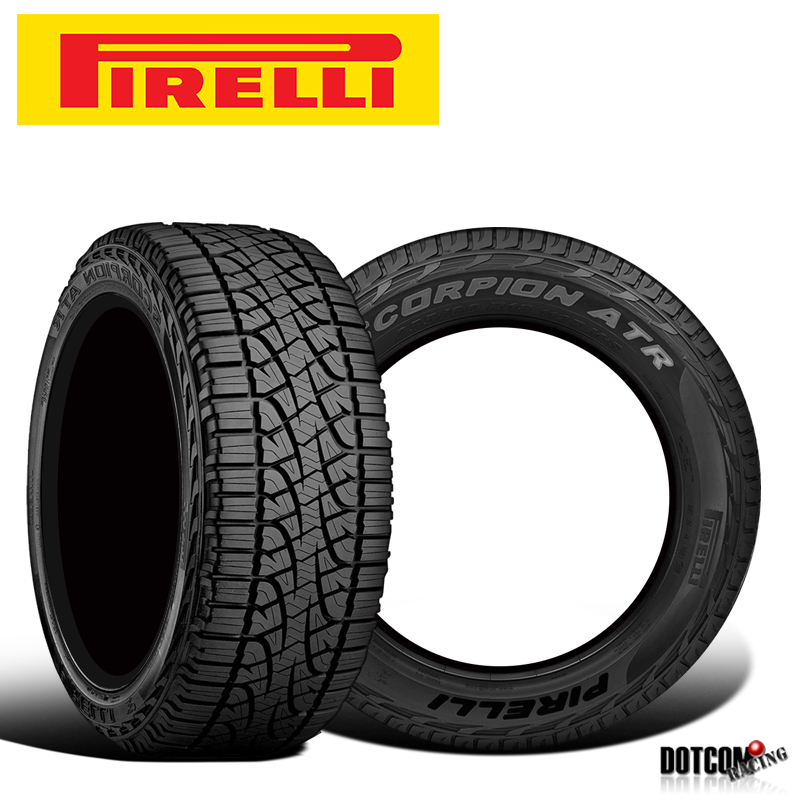 Typically, such tires can be found on street tracks - most often in Monaco, as well as on tracks with exceptionally smooth asphalt surfaces.
Typically, such tires can be found on street tracks - most often in Monaco, as well as on tracks with exceptionally smooth asphalt surfaces.
Intermediate tires are the most versatile rain tyre. They can be used on a wet track without areas of standing water, as well as on a drying surface. The tread compound is designed with a wide operating range, guaranteeing the ability to use both on slick and all-weather tires.
Dimensions:
Front: 305/720-18
Rear: 405/720-18
All Rain Tires, most effective in heavy rain as they can wick a lot of water out of the contact patch. However, in heavy rain conditions, it is not traction that is a problem, but visibility, which sometimes leads to a race stoppage. The profile of these tires provides increased resistance to hydroplaning, so that the tire has better grip in heavy rain.
Dimensions:
Front: 305/720-18
Rear: 405/720-18
F1 World Championship ®
Author: Alexey Kokorin
We have already talked about how to choose the right wheels and tires for your car. At the same time, many, in pursuit of their own goals, choose wheels as larger, but normal daily operation dictates its own conditions: they should be kept in factory settings. Why not install wheels larger than factory ones?
Why not install wheels larger than factory ones?
What does "more factory" mean?
First, let's define what the phrase "more factory" means. The fact is that for almost all cars, manufacturers offer several options for the dimensions of rims and tires: each of these options is approved by the manufacturer, as it has been tested and means not only the physical ability to install the wheels on the car, but also the optimal operating parameters. Thus, if you bought a car with 15-inch wheels, but the manufacturer offers 17-inch wheels in a different configuration, you can install these on your car yourself without fear of negative consequences. However, before installation, you should definitely check the allowable wheel sizes for your car in the owner's manual to make sure that it is technically feasible and to choose the right wheel and tire size.
When we say “larger than factory”, we mean, first of all, wheels that are larger than the manufacturer's recommendations. It is these "experiments" that affect performance. However, even if you act within the limits of what is permitted by the manufacturer, you cannot deceive physics, and installing 17-inch wheels instead of 15-inch ones, of course, will not go unnoticed either - much of what will be listed below will be true in this case.
It is these "experiments" that affect performance. However, even if you act within the limits of what is permitted by the manufacturer, you cannot deceive physics, and installing 17-inch wheels instead of 15-inch ones, of course, will not go unnoticed either - much of what will be listed below will be true in this case.
Let's also define a wheel as a ready-to-install assembly consisting of a tire and a rim. And "increase" in this sense is a multi-valued concept: after all, an increase in the diameter of the disk does not necessarily mean an increase in the diameter of the wheel. Let's figure it out in order.
How harmful is the installation of large disks?
First of all, discs with larger diameters tend to carry more weight – and therefore the unsprung weight increases . A heavier wheel is more difficult for the engine to spin - that is, fuel consumption will become higher, and dynamics will be worse. In addition, an increase in unsprung mass also affects the suspension resource - it is designed for a certain load, limited by standard wheels.
An increase in the diameter of the disc is usually accompanied by an increase in its width, as well as a change in offset (the depth of the disc in the wheel arch). This changes the parameters of the wheel bearings, increasing the load on them, and significantly reduces their life. Depending on the degree of deviation of the parameters from the standard bearings, the bearings can last 20-30% less, or they can “crumble” literally every few thousand kilometers.
Now let's move on from wheels to tires - after all, increasing the diameter of the disk changes the parameters of the installed tires.
What's wrong with big tires?
The weight-for-size rule also applies to tyres: as a general rule, larger-diameter tires have more weight added to the wheel assembly and total unsprung weight.
The second drawback is related to the fact that in the vast majority of cases, the increase in the diameter of the disk occurs due to the reduction of the tire profile: that is, in order for new large disks to fit into the arch, they need to be put on lower profile rubber.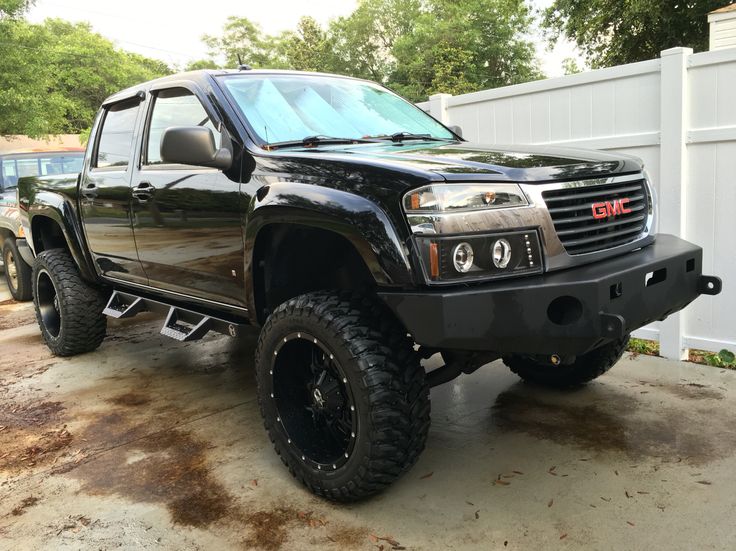 Well, a decrease in the profile is a deterioration in the smoothness of the ride and the overall comfort of the car. In addition, a thinner tire absorbs shock loads worse and transfers them further - to the disk and suspension. Thus, driving on low-profile tires on imperfect roads means a reduction in the life of the suspension and disks and a corresponding increase in operating costs, including for tires, the risk of damage to which increases with a decrease in profile.
Well, a decrease in the profile is a deterioration in the smoothness of the ride and the overall comfort of the car. In addition, a thinner tire absorbs shock loads worse and transfers them further - to the disk and suspension. Thus, driving on low-profile tires on imperfect roads means a reduction in the life of the suspension and disks and a corresponding increase in operating costs, including for tires, the risk of damage to which increases with a decrease in profile.
Yes, another indirect, but still, disadvantage is the financial side of the issue. More money will have to be paid not only for new wheels, but also for rubber for them, and for tire fitting, and for the potential repair of a low-profile tire.
Well, among the unpleasant consequences, one can mention a change in the accuracy of the speedometer readings: initially, speedometers are usually set to slightly overestimate the readings relative to the actual speed, and with a gradual increase in the diameter of the wheel, it will first become more accurate, and then will “lie” more and more.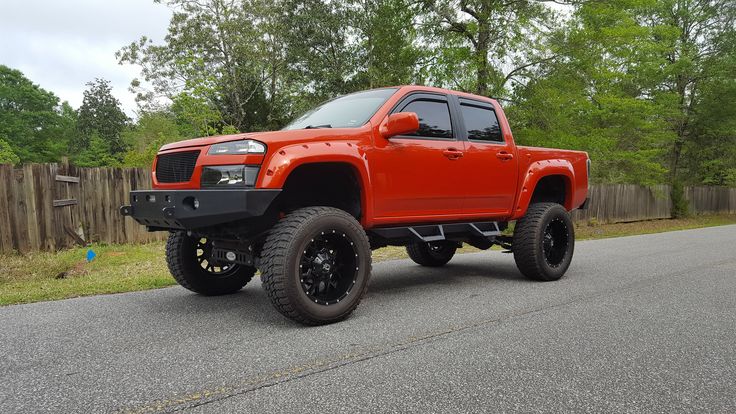 In addition, with increasing tire width, its tendency to hydroplaning .
In addition, with increasing tire width, its tendency to hydroplaning .
Are there any advantages to fitting larger wheels?
Of course, increasing the diameter of the wheel does not mean continuous disadvantages, it also has positive aspects. For example, larger wheels mean more ground clearance, as well as an increase in top speed, as a larger wheel travels more distance in one revolution. Increasing the width of the rubber means an increase in the contact patch with the road and, accordingly, grip with it - this improves the car's handling and cornering speed.
According to the letter of the law
One of the main disadvantages of oversized wheels is that they are simply prohibited by law. The technical regulations of the Customs Union in terms of tires and disks allowed for installation are simple and adamant: only those that “comply with the recommendations of the operational documentation of vehicle manufacturers” are allowed.
In addition, it should be remembered that the same technical regulations prohibit the so-called "welding" - disks of increased width, welded from several "stampings". Firstly, they are tritely unsafe, since they have a non-factory design, and secondly, the technical regulations do not allow "the presence of cracks on the discs and wheel rims, traces of their elimination by welding."
tires and wheels popular questions
Articles / Practice Do I need to warm up the car before driving in winter: we understand in detail In my personal rating of debatable and provocative topics, the articles “how to warm up a car in winter” take an honorable first place in terms of the number of absurdities, mistakes and other shortcomings. T... 2 0 0 11/22/2022
Articles / Auto and technology Just like Russian: the path of oil from the well to the consumer with your own eyes Two experienced travel bloggers, Alexey Zhirukhin and Sergey Lysenko, as part of an exciting fourteen-day tour of 12,000 km, will learn the whole way of obtaining oil - from a well to.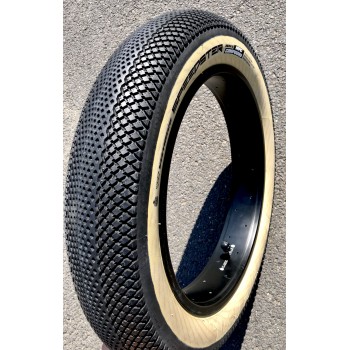 .. 76 0 one 11/22/2022
.. 76 0 one 11/22/2022
Articles / Popular questions Not only dangerous driving: how and why traffic rules prohibit frequent lane changes Many people associate frequent rebuilding on the road only with dangerous driving, which, as you know, is prohibited by traffic rules. However, in fact, rebuilding is regulated even in conditions where ... 403 0 one 11/21/2022
Test drives / Test drive Haval Dargo vs Mitsubishi Outlander: the dog is barking, the stranger is coming In the Haval dealership in the south of Moscow, life is in full swing: buyers look at cars, communicate with managers and sign some papers. While I was waiting for the test Dargo, the same cross... 17043 7 205 13.09.2022
While I was waiting for the test Dargo, the same cross... 17043 7 205 13.09.2022
Test drives / Test drive Motor from Mercedes, emblem from Renault, assembly from Dacia: test drive of the European Logan 1.0 It would seem that what's new can be told about the second generation Renault Logan, known to every Russian taxi driver, as they say, up and down? However, this car has... 13860 ten 41 08/13/2022
Test drives / Test drive Geely Coolray vs Haval Jolion: Free Cheese? If! Do you want to buy a car today with a full warranty, on credit at an adequate rate, without wild dealer markups? Now this is still a task, because a full-fledged chain of "representation - s.